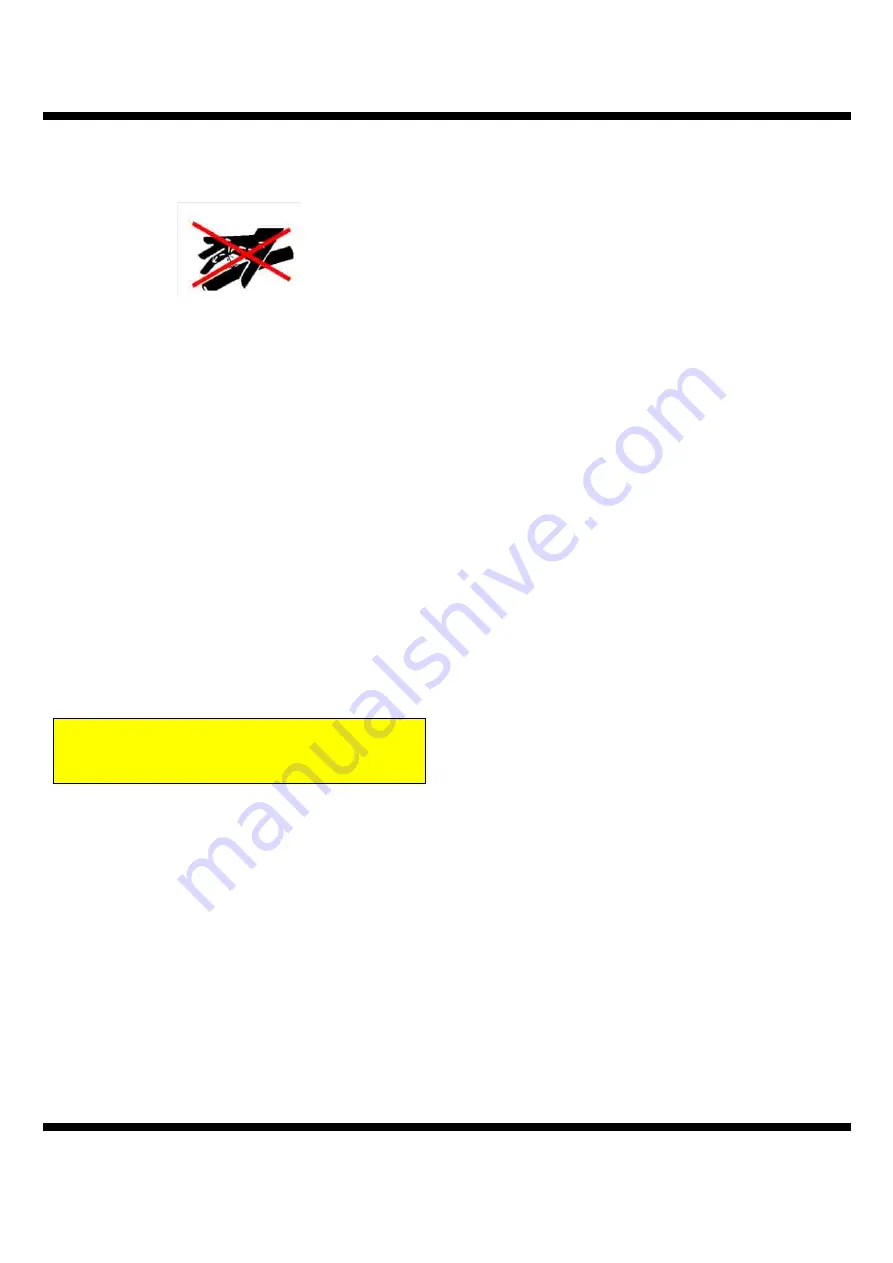
Operator's Manual
Rev. BXXMP.01 January 2020
-Do not wear clothing that has been stained with lubricant. Do
not put materials that have been stained with oil in your
pockets.
-Dispose of used lubricant in accordance with local
environmental pollution regulations.
-The material used to make some of the engine components
(some of the seals, for example) can be extremely dangerous if
burned. Never allow this burnt material to come into contact
with skin or eyes.
-Make sure that the transmission control lever is in the neutral
position before starting the engine.
-Take extreme care when carrying out emergency repairs in
adverse conditions.
-Do not allow compressed air to come into contact with skin. If
compressed air breaks the surface of your skin, seek immediate
medical attention.
Do not
clean the engine whilst it is running. If cold
cleaning fluids are applied to a hot engine, some engine
components can become damaged.
GENERAL SAFETY MEASURES REGARDING THE ELECTRICAL
SYSTEM
-Work on the electrical system should only be carried out by
specialized personnel with suitable work and verification
methods.
-Stop the engine before working on the electrical system.
-All cables and plugs should be marked up before being
disconnected and must be protected against contact with metal
parts by fitting them with protective caps or taping them with
insulation tape, for example.
-Any defects in the electrical installation (broken insulation, for
example) must be repaired immediately.
-The battery's negative (-) cable must always be disconnected
before starting any cleaning operation. It is not enough to simply
turn off the battery's cut-off switch.
-If it is necessary to clean the interior of the cabin with water or
water-soluble detergents, it is important to take special care not
to damage the electronics system. Use only authorized solvents.
Avoid breathing in the fumes from any thinners used.
-After the cleaning operation, make sure all electrical
components are completely dry before reconnecting the battery.
-The electrical conductors must be protected against wear and
should be checked regularly for damage; change as required.
-Unprotected electrical conductors should not be allowed to rest
on pipes containing oil or brake fluid.
PERSONAL PROTECTION
All forklift truck drivers must be provided with the following
personal protective equipment:
Protective helmet,
compulsory when the operator's cabin does
not feature an overhead guard. In any case, it is essential that all
drivers have a helmet for use outside the forklift.
Non-slip safety boots
, with reinforced toecap.
Safety gloves
. Although not necessary for driving, they should
be available for use in any possible emergency and for handling
materials.
Work clothes
. Forklift truck drivers should not wear any loose
clothing that could get trapped in or around the moving parts of
the vehicle.
Ear protectors
. When the noise level exceeds the established
safety margin and in any case when it is above 80 dB (A), the use
of earphones or earplugs will be compulsory.
The forklift is not designed for working with hazardous materials
such as explosives, toxic, flammable or harmful substances, nor
for working in explosive environments or in bad weather. It is
therefore prohibited to use the vehicle in environments
11/34
BOMAQ INDUSTRIES SLU
MODEL BXX MP


























